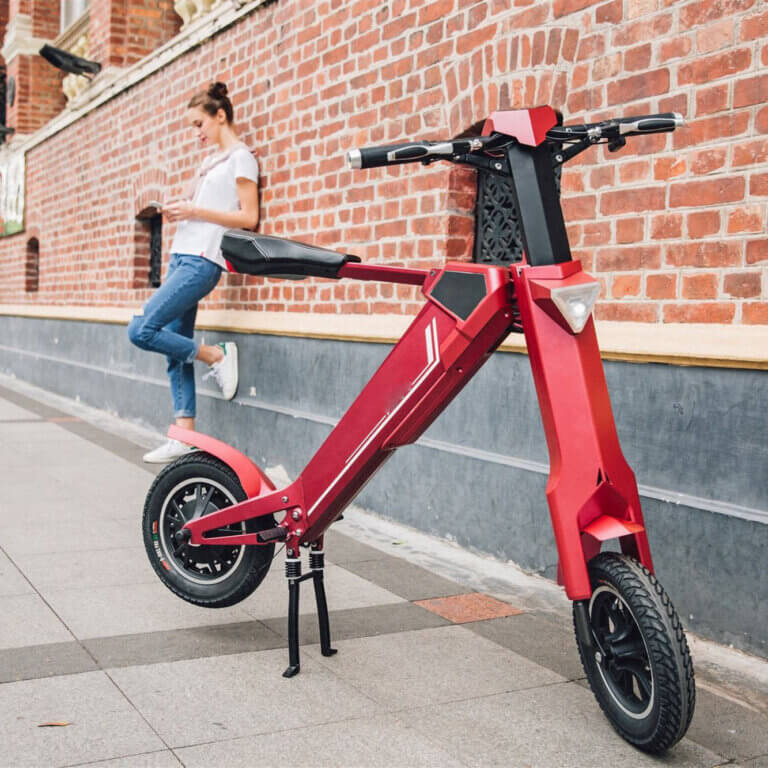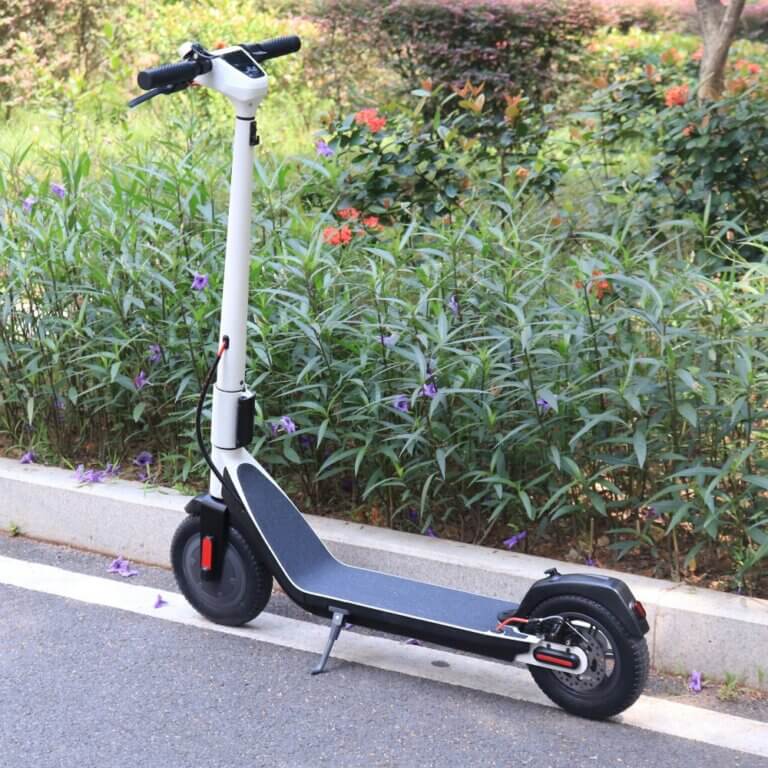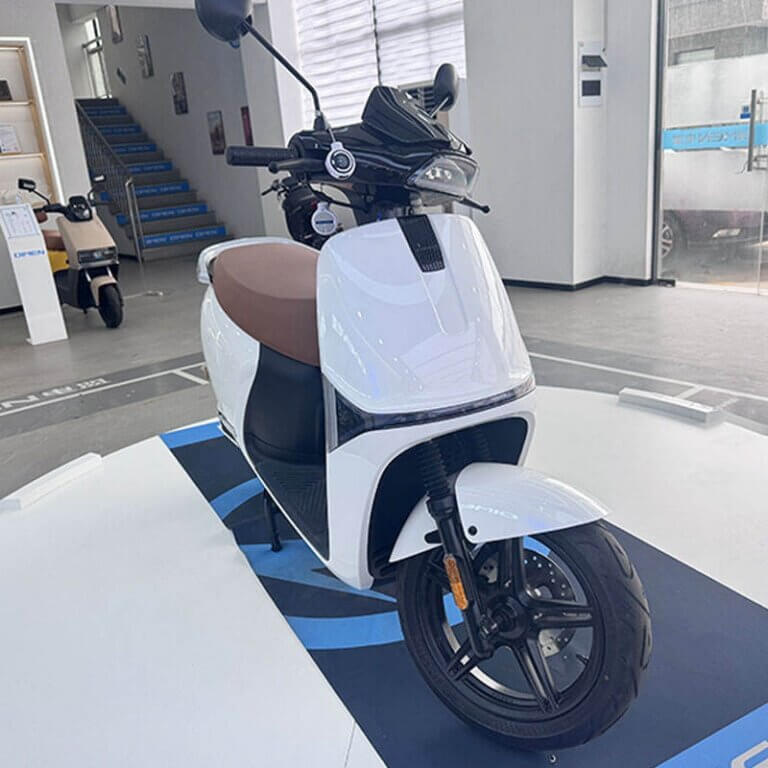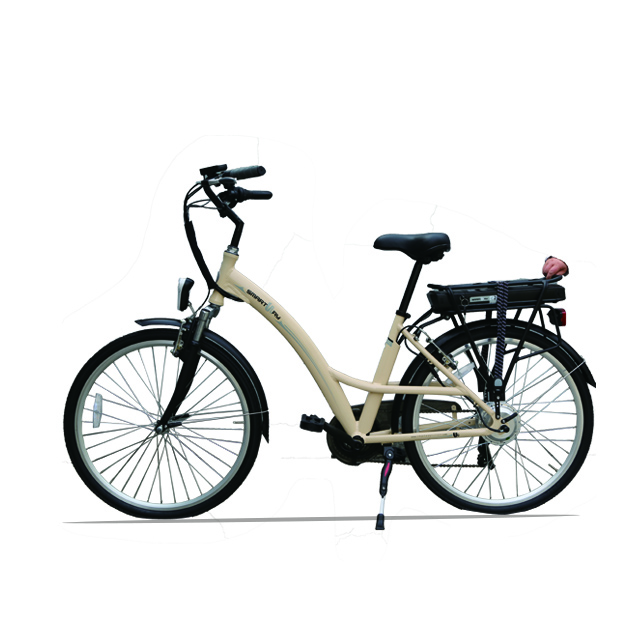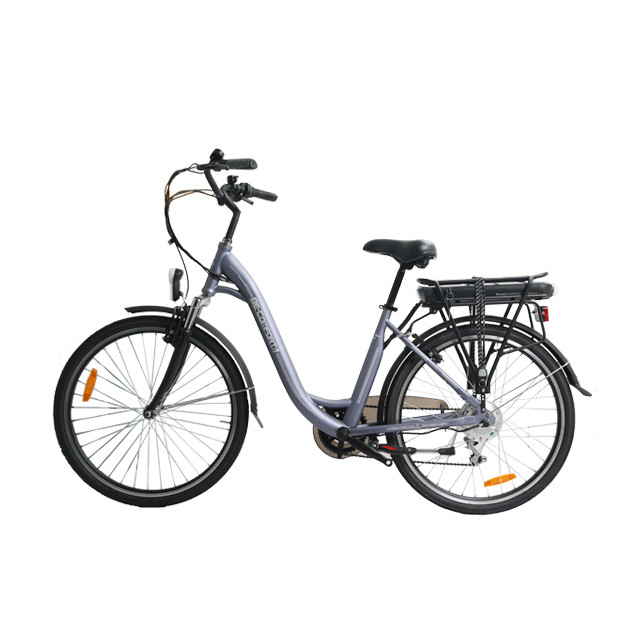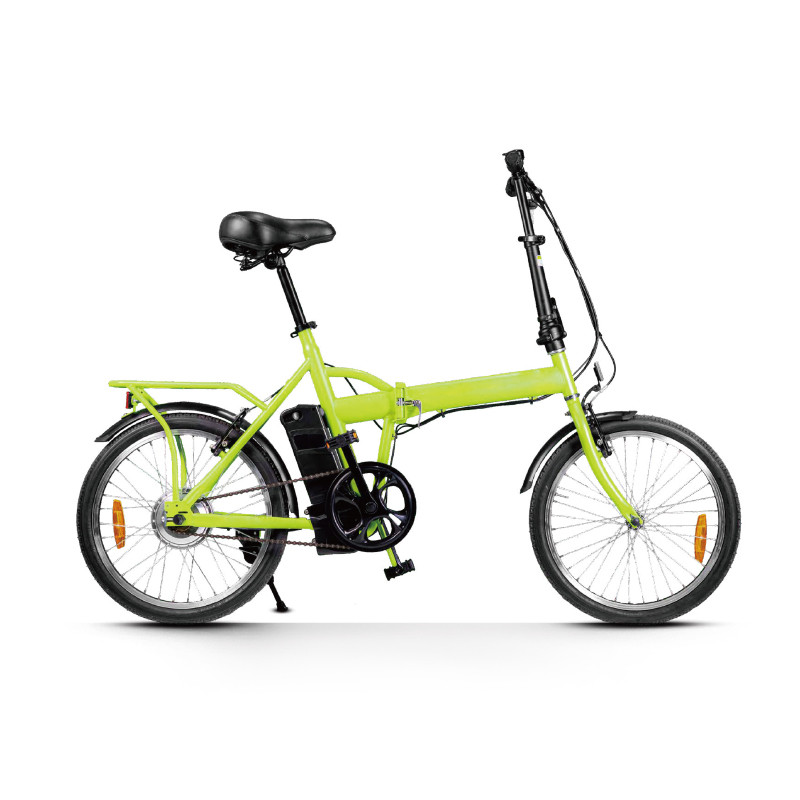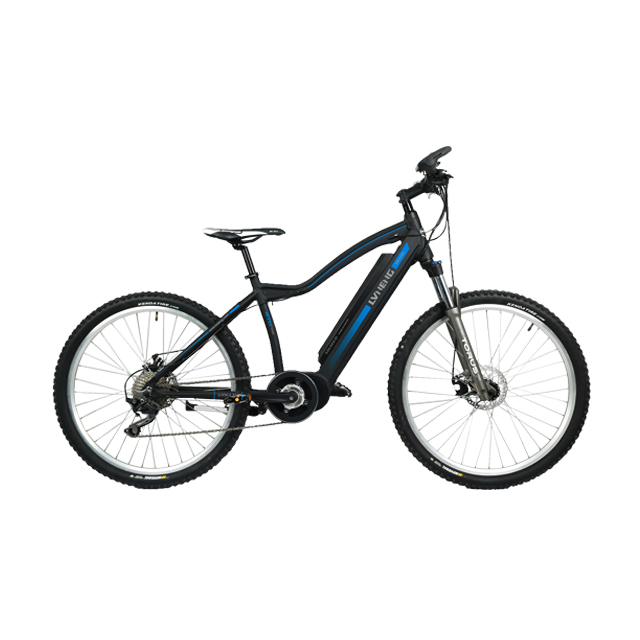-
414 Block B, ZT Times Plaza, Wuhan, Hubei, China
Blog
Electric Scooter Laws In The Us- State-By-State Overview
Summary
Electric scooter laws in the United States are characterized by a decentralized regulatory framework, with individual states and local jurisdictions having the authority to establish their own rules governing their use. This state-by-state approach has resulted in a complex patchwork of regulations, which can vary widely across the country, affecting aspects such as registration, insurance, speed limits, and helmet requirements. The increasing popularity of electric scooters as a mode of urban transportation has drawn attention to these regulations, as well as the safety concerns and potential controversies surrounding their operation on public roads.
While federal guidelines provide a general framework, specific regulations are largely determined by state and local laws, leading to significant variations. For instance, some states, like Delaware and Pennsylvania, have enacted outright bans on scooter usage on public roadways, while others allow their operation with specific limitations. Local authorities often have the discretion to formulate their own guidelines, resulting in situations where riders encounter different rules depending on their location, thus complicating compliance for users.
Safety remains a paramount concern amidst the growing adoption of electric scooters. Reports indicate that injuries associated with e-scooter use are on the rise, with a significant number of incidents involving head injuries and other severe accidents. This has sparked debates on the effectiveness of existing regulations and the need for comprehensive safety measures, including mandatory helmet laws and proper infrastructure to support safe riding practices.
The diverse landscape of electric scooter laws and the associated safety challenges highlight the need for a more cohesive regulatory approach that can effectively address the complexities of e-scooter usage while promoting safe riding behaviors and accommodating the growing demand for micromobility solutions in urban settings.
Federal Regulations
Federal regulations regarding electric scooters and bicycles are generally broad, leaving the specifics of enforcement and legislation largely to state and local jurisdictions. This decentralized approach allows individual states and municipalities to establish their own rules, which can vary significantly. For instance, some states may impose strict limitations on electric scooter usage, while others may opt for outright bans on their operation on public roadways, as seen in Delaware, Idaho, and Pennsylvania.
Local Authority and State Laws
The absence of specific state-level regulations does not imply that electric scooters are either allowed or forbidden. Instead, local authorities often have the power to formulate their own guidelines for electric scooter use within their areas. In situations where local regulations do not conflict with state laws, local rules generally take precedence. This legal landscape means that riders may encounter a patchwork of regulations based on their location.
Key Regulations
Electric scooter laws across the United States can encompass various categories, including but not limited to:
Registration and Insurance
Many states have differing requirements for the registration of electric scooters and the need for insurance coverage. This variation can lead to confusion for riders trying to navigate the legal framework.
Helmet Laws
While some states mandate helmet usage for all scooter operators, others do not have such regulations. This inconsistency underscores the importance of always wearing a helmet, regardless of local laws, to ensure safety while riding.
Speed Limits and Age Restrictions
Regulations can also dictate maximum speed limits for electric scooters and establish age requirements for operators. These rules aim to promote safety and responsible riding practices but can differ greatly from one jurisdiction to another.
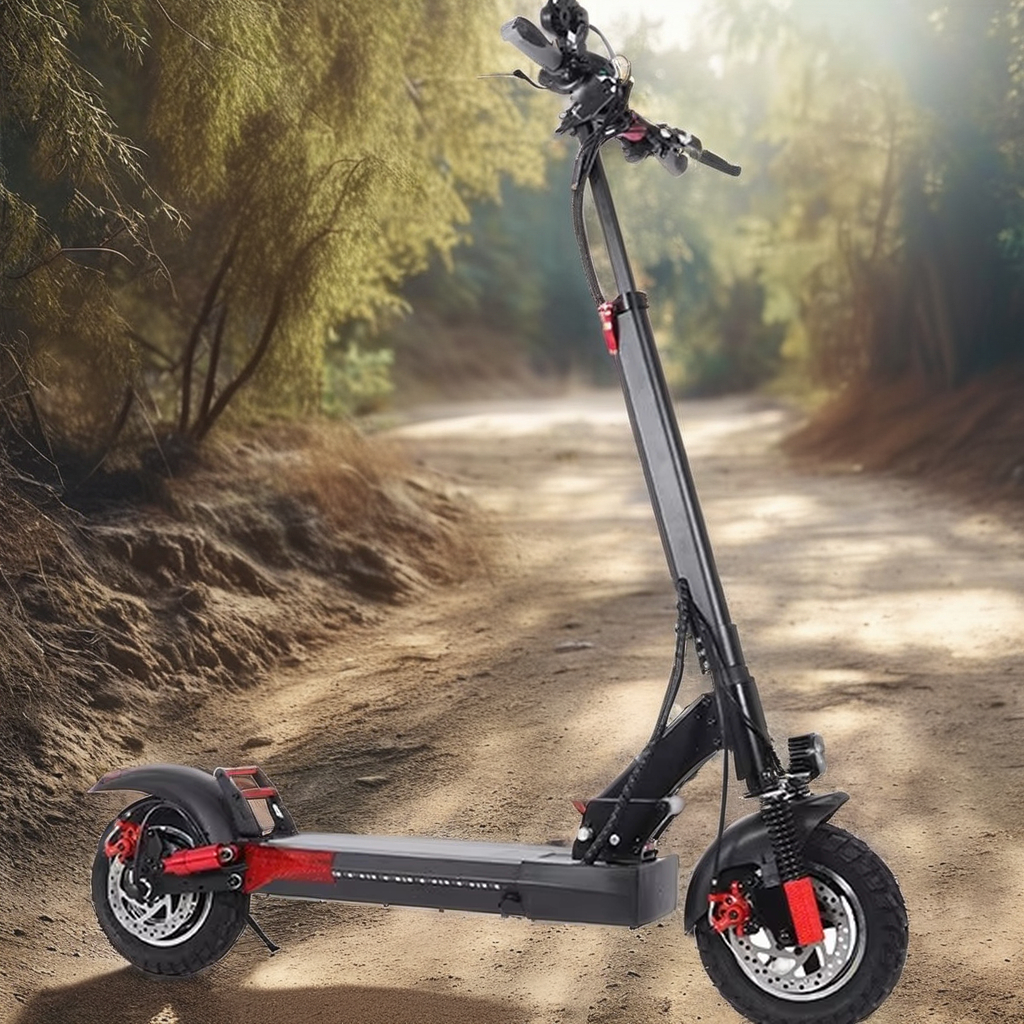
State-by-State Overview
Electric scooter regulations in the United States vary significantly by state and local jurisdiction. While federal guidelines exist regarding the use of electric scooters, the specifics are often determined at the state level, leading to a patchwork of laws and regulations across the country.
General Regulations
Most states allow electric scooters to operate on public roads, generally capping speeds at 20 mph, and requiring that scooters have a maximum motor power of 750 Watts. However, local municipalities may impose additional restrictions or outright bans. For instance, states like Delaware, Idaho, and Pennsylvania have prohibited electric scooters from using streets entirely.
Speed Limits and Equipment
States impose different speed limits on electric scooters, with regulations often ranging from 10 mph in Washington, D.C., to 25 mph in Michigan. All scooters must be equipped with a white front light and either a red light or reflector at the rear for safety.
Age and Helmet Requirements
The minimum age to operate an electric scooter is generally set at 16 years. Some states mandate helmet use for all riders, while others require it only for those under 18. Conflicting information may exist regarding helmet and license requirements, making it essential for riders to verify local laws.
Individual State Regulations
New York
New York legalized electric scooters in August 2020, allowing riders aged 16 and older to operate them. Helmets are mandatory for riders under 18, and riding on sidewalks is prohibited. Additionally, scooters cannot be used on streets with a speed limit exceeding 30 mph.
California
California has stringent regulations for electric scooters, requiring riders to be at least 16 years old and possess a valid driver’s license or permit. Helmets are mandatory for riders under 18, and scooters must remain within designated bike lanes when available.
Colorado
In Colorado, electric scooters are permitted on streets with speed limits of 30 mph or less. Riders must be at least 16 years old, and those under 18 are required to wear helmets. Sidewalk riding is allowed at a maximum speed of 6 mph.
Connecticut
Connecticut’s regulations require riders to check with local authorities regarding licensing and registration, as some states like North Carolina and Hawaii mandate DMV registration for personal electric scooters. Overall, it’s crucial to stay updated on local laws.
Other States
Florida: Electric scooters are allowed on public roads, but specific rules can vary by city. Illinois: Scooters must be registered, and the state has a 20 mph speed limit. Indiana: Electric scooters are grouped with motorcycles, and helmet use is mandatory for those under 18. Kansas: Riders can operate scooters anywhere without helmet requirements but cannot ride on sidewalks or highways. Michigan: The maximum speed limit for scooters is set at 25 mph.
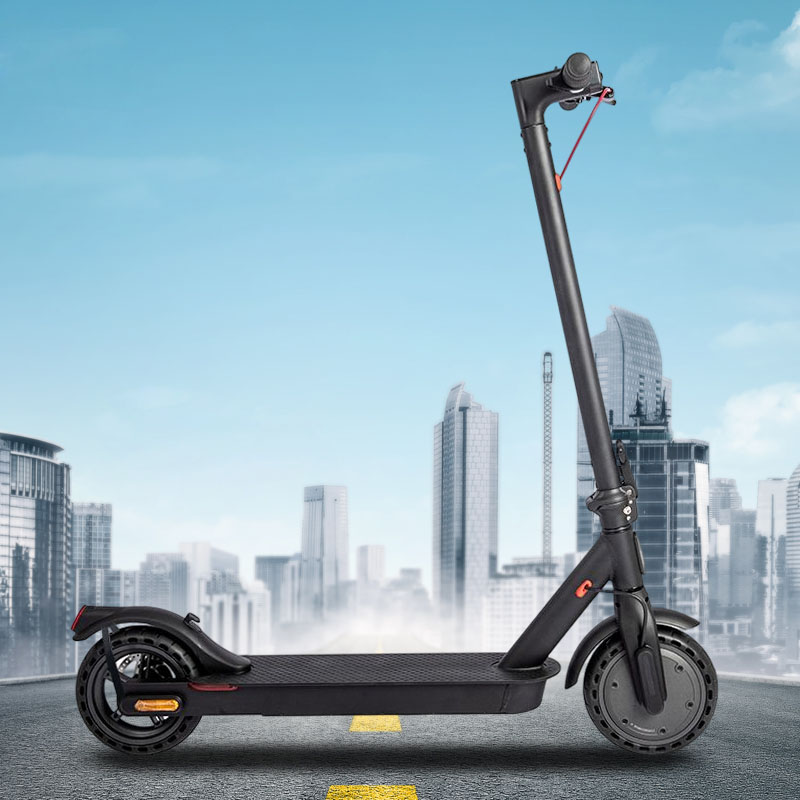
Safety Concerns
Electric scooters have emerged as a popular mode of transportation in urban environments, but their rapid proliferation has raised significant safety concerns. A scoping review highlighted various safety issues associated with e-scooter use, including risky rider behaviors and the reliability of the scooters themselves. To address these concerns, it is crucial to adopt comprehensive safety measures in line with initiatives like Vision Zero and the Safe System Approach, which emphasize the importance of a multi-modal transportation system.
Common Injuries and Accident Factors
Between 2014 and 2018, nearly 40,000 injuries related to e-scooter use were reported, with a significant portion involving individuals aged 18–34. The most common injuries included fractures, contusions, and lacerations, with approximately one-third of a patient suffering head injuries-more than double the rate seen in bicycle accidents. Contributing factors to these injuries often include environmental hazards, as half of the participants in a CDC study reported that surface conditions such as potholes or cracks in the street played a role in their accidents.
Risk Mitigation Strategies
To enhance safety for e-scooter riders, a variety of preventive measures have been suggested. These include targeted awareness campaigns focused on young riders, who are disproportionately affected by e-scooter injuries. Additionally, regulations controlling e-scooter availability and speed during high-risk periods—such as weekends and nighttime—could reduce the incidence of accidents. Other recommendations involve improving access to helmets, enforcing alcohol-related regulations more strictly, and enhancing post-crash care for injured riders.
Infrastructure and Policy Recommendations
Planners and policymakers are encouraged to prioritize the development of safe e-micromobility infrastructure, which encompasses features like dedicated paths and charging facilities. Furthermore, calming measures for motor vehicle traffic-such as reduced speed limits, narrowed lanes, and elevated intersections—are vital in creating a safer environment for e-scooter users. By improving infrastructure and implementing comprehensive prevention programs, it is possible to significantly reduce the frequency and severity of e-scooter-related injuries.
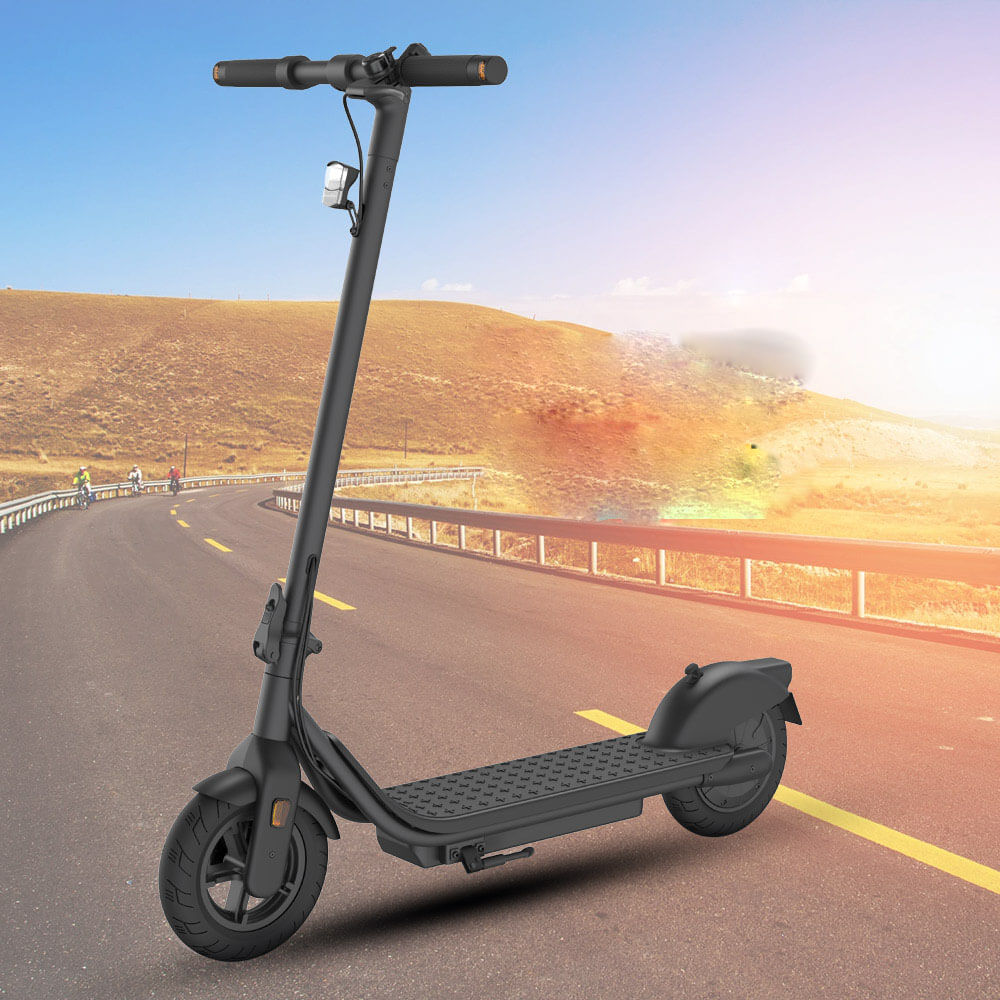
Adoption and Usage Rates
Electric scooters have gained significant traction as a popular mode of transportation across various urban environments in the United States, with California being a notable pioneer in the shared micromobility movement. The state is home to major companies like Bird, Lime, and Spin, which have played a crucial role in the early adoption and expansion of electric scooter services.
Overview of Usage Patterns
As shared e-scooter services proliferate, they are increasingly integrated into Mobility as a Service (MaaS) applications, allowing users to locate, reserve, and ride scooters conveniently through mobile apps. This flexibility has made them an appealing option for short trips, particularly for first and last mile connections to public transit. Research indicates that the introduction of e-scooters can influence public transportation demand, with potential shifts in trip generation and attraction across urban areas.
Legislation and Regulation
California has established a legislative framework governing electric scooters, outlined in Vehicle Code § 21235. The legislation includes age and licensing requirements, mandating that riders must be at least 16 years old and possess a valid driver’s license or an instruction permit. Additionally, riders under 18 are required to wear certified helmets, and scooters are restricted to a maximum speed of 15 mph to enhance safety. These regulations aim to create a safer riding environment and facilitate responsible scooter usage.
Impact on Public Transit
Research analyzing the impact of shared e-scooters on public transportation in cities like Santiago, Chile, highlights the complexities of how these services affect public transport usage. The analysis utilizes negative binomial regression with a difference-in-differences approach, focusing on both trip generation and attraction metrics. By considering demographic factors and accessibility indicators, studies aim to understand how shared e-scooter deployment alters travel behavior and public transport demand.
Safety Considerations
Despite their advantages, shared e-scooters also raise safety concerns. Studies show a correlation between scooter usage and injury trends, emphasizing the need for improved roadway design and rider education to mitigate risks. Effective enforcement of existing regulations, including helmet laws and riding behavior, is essential to enhance rider safety and overall public acceptance of e-scooter services. As adoption rates increase, the emphasis on safety and infrastructure will be crucial in shaping the future of electric scooter use in urban landscapes.
Common Penalties and Violations
Electric scooter laws vary widely across the United States, leading to different penalties and fines for violations. Common infractions include exceeding speed limits, riding without a helmet, and operating scooters without proper registration or insurance.
Fines for Speeding and Helmet Violations
One of the most frequently reported violations is exceeding the speed cap, which can result in fines ranging from $50 to $150 in states like Ohio and California. In California, riders under the age of 16 caught riding an electric scooter face fines of approximately $200. Furthermore, many jurisdictions have laws mandating helmet use, with penalties for non-compliance typically ranging from $25 to $100.
Consequences of Unlawful Riding
The penalties for unlawful riding can escalate with repeated offenses. First-time offenders might receive warnings or minor fines, while subsequent violations can lead to harsher consequences, including the potential impoundment of the scooter or even the suspension of the rider’s driver’s license. Specific states may require electric scooters to be registered and insured; failing to comply can result in significant fines and legal repercussions.
Common Violations
Riding in prohibited areas, such as sidewalks, is another common violation that can result in fines or warnings. Additionally, the lack of working brakes or riding under the influence of alcohol are serious offenses that can attract penalties, reflecting a broader concern for rider safety and public order. Education is often emphasized for first-time offenders, with many states preferring to educate rather than strictly enforce punitive measures initially.
Trends in Penalties
As electric scooters continue to grow in popularity, the landscape of penalties is likely to evolve. Many cities are examining their regulations and considering stricter enforcement and more comprehensive safety measures aimed at reducing accidents and injuries among riders. The need for awareness campaigns targeting young riders and the implementation of technology to monitor compliance may also shape future regulations.
Future
The future of electric scooters in urban transportation is poised for significant transformation as cities evolve to accommodate these vehicles. With advancements in battery technology and the integration of smart city infrastructures, electric scooters (e-scooters) are likely to become a primary mode of transport for city dwellers, offering a user-friendly and eco-friendly alternative to traditional vehicles.
Integration with Autonomous Technology
The incorporation of autonomous technology into electric scooters is already in progress, promising to enhance safety and efficiency on urban streets. Self-driving scooters, equipped with advanced sensors and smart systems, can potentially reduce accident risks and optimize routes for time savings. This integration not only marks a leap forward in urban mobility but also highlights the ongoing shift toward a more connected transportation ecosystem.
Urban Mobility Trends
As urban landscapes adapt to accommodate e-scooters, city planning will be crucial in ensuring their safe and effective use. Key elements of effective urban design include the establishment of dedicated e-scooter lanes, ample parking near transit hubs, and updated zoning regulations to facilitate e-scooter storage and travel. With these measures in place, e-scooters may solidify their role in reducing traffic congestion and lowering carbon emissions, reinforcing their status as a staple of modern urban mobility.
Sustainable Transportation
The momentum surrounding electric scooters is indicative of a broader trend toward sustainable urban transportation solutions. As cities continue to innovate and integrate these vehicles into their transport systems, e-scooters will play a pivotal role in shaping a cleaner and smarter future for urban mobility. The ongoing advancements and infrastructure developments will determine whether e-scooters remain a fleeting trend or evolve into an essential component of the urban transport landscape.




